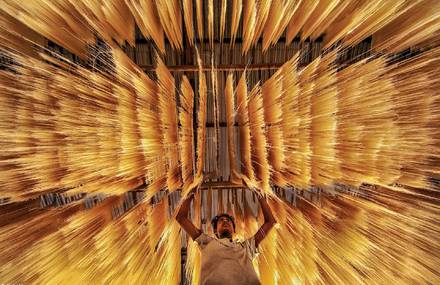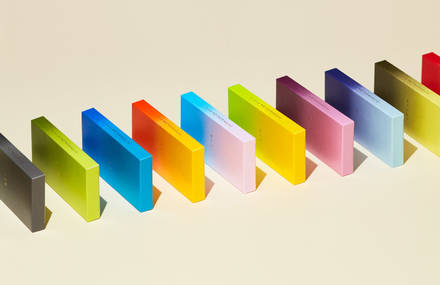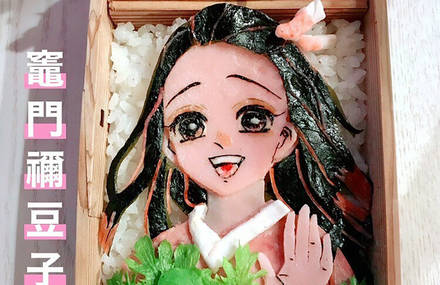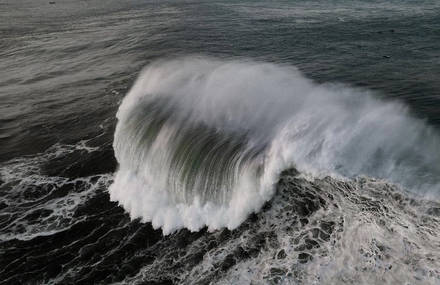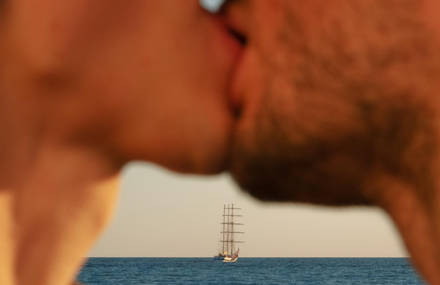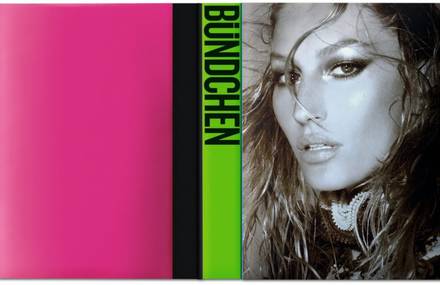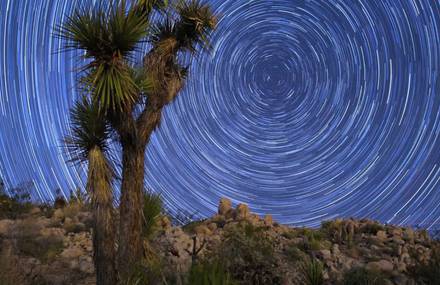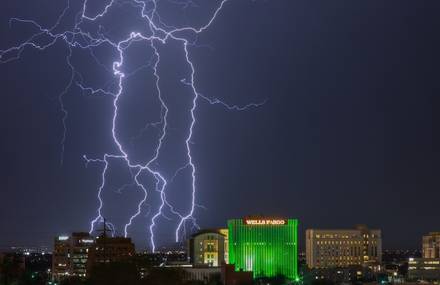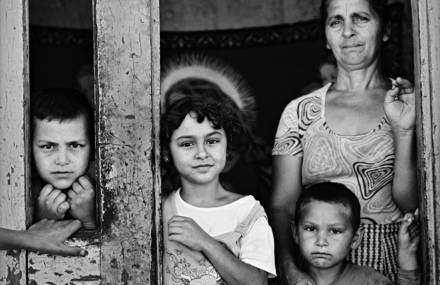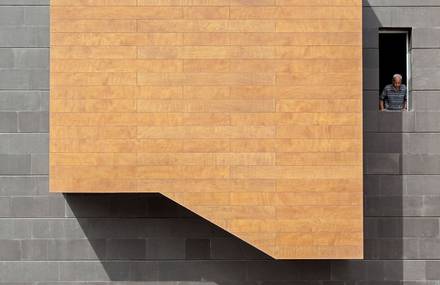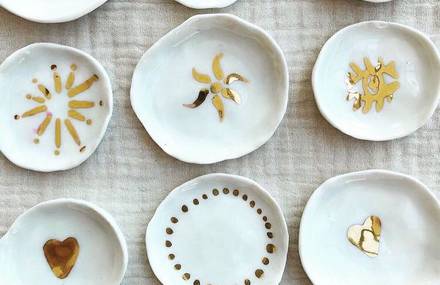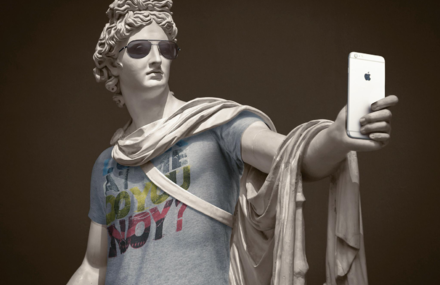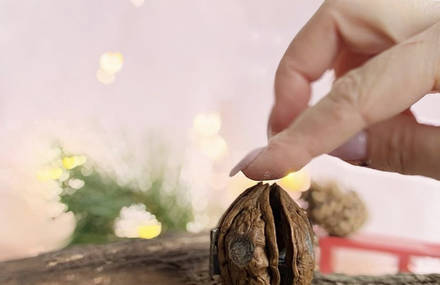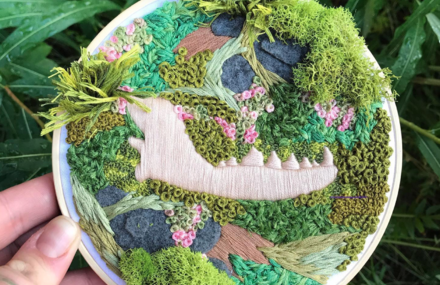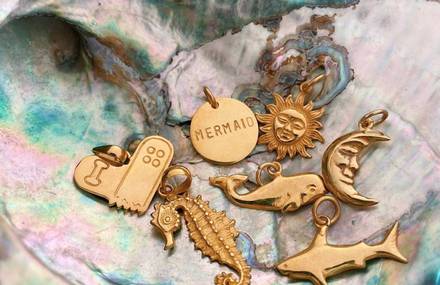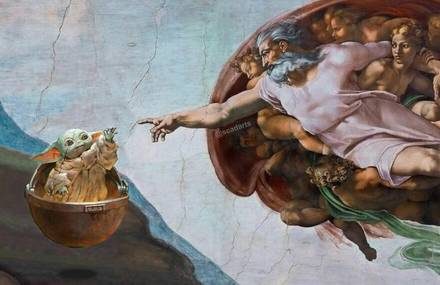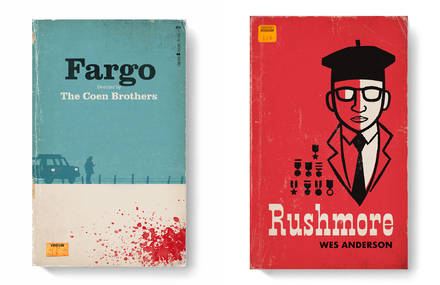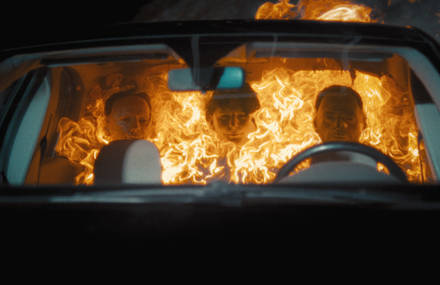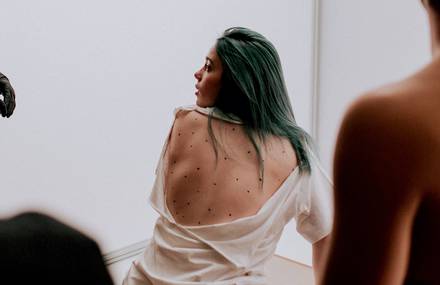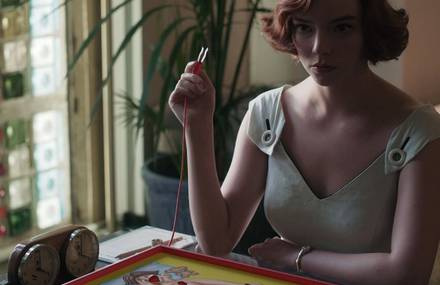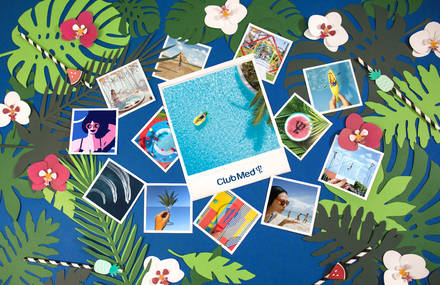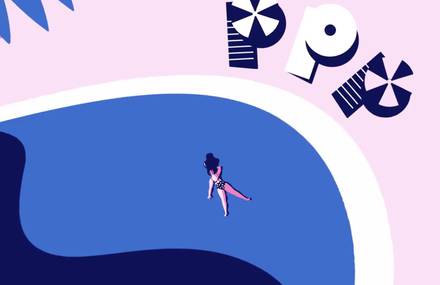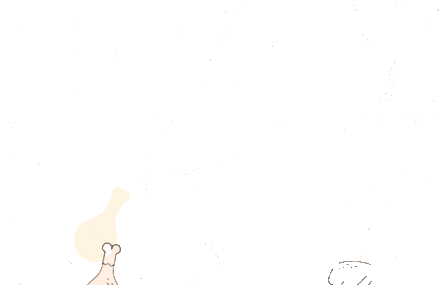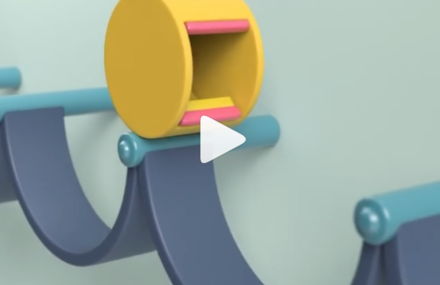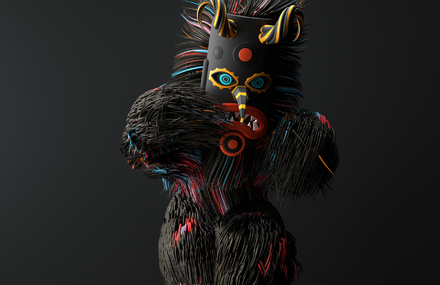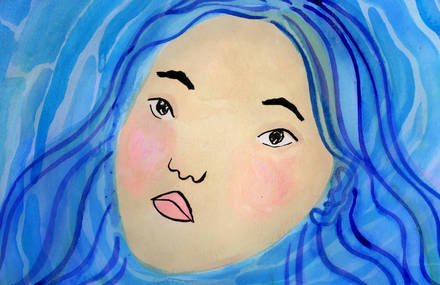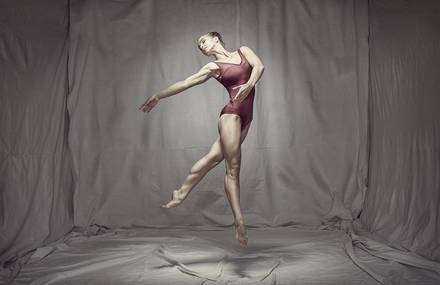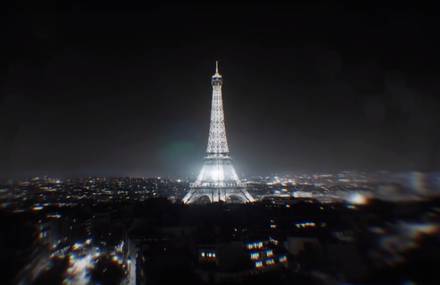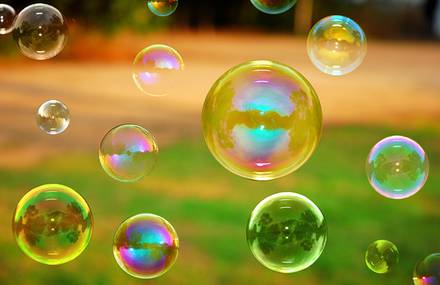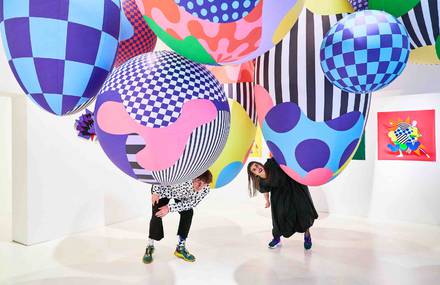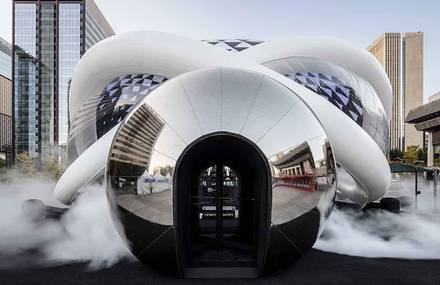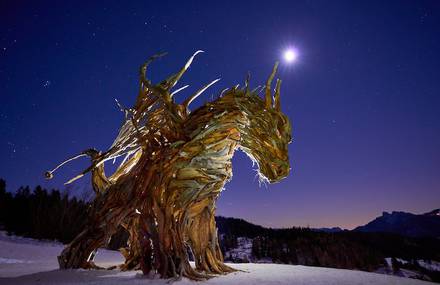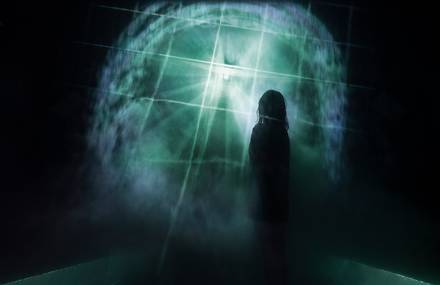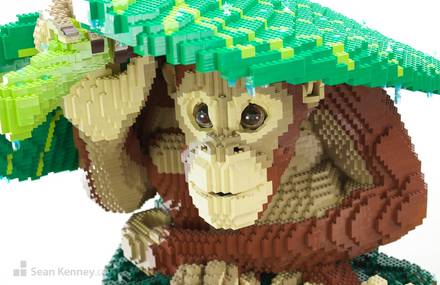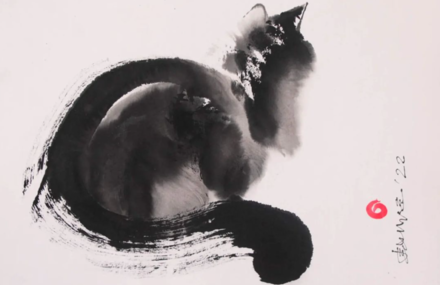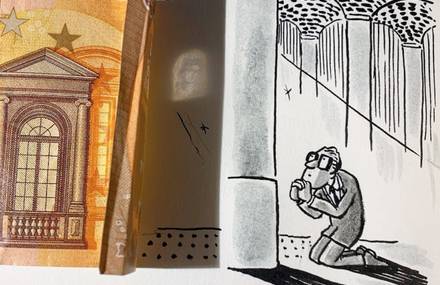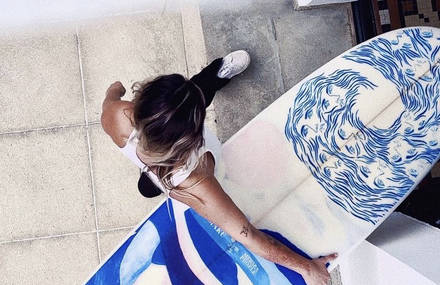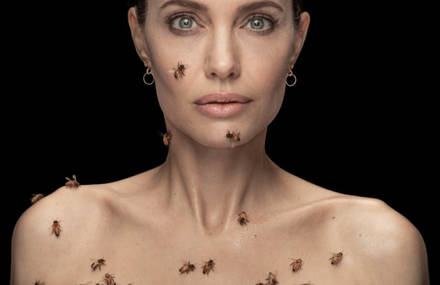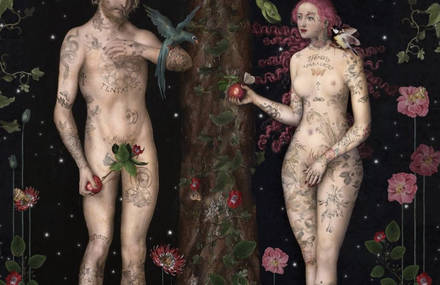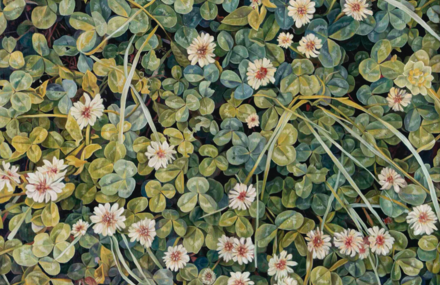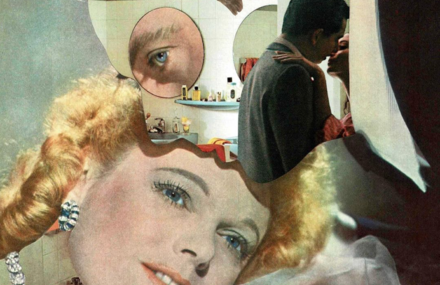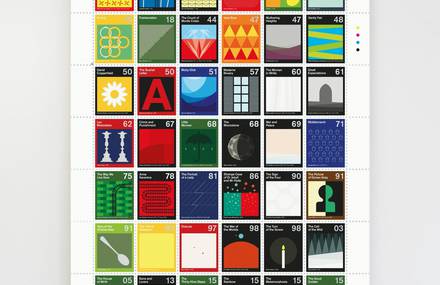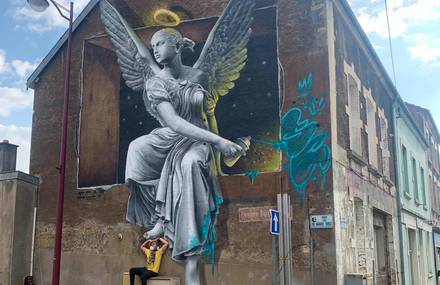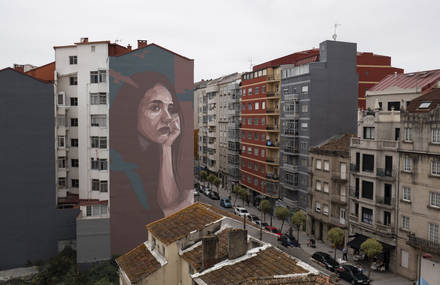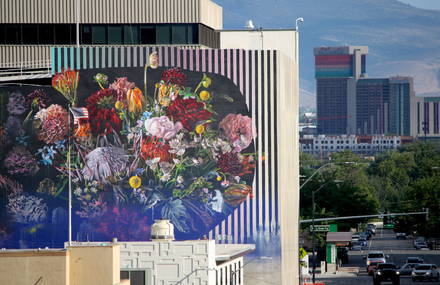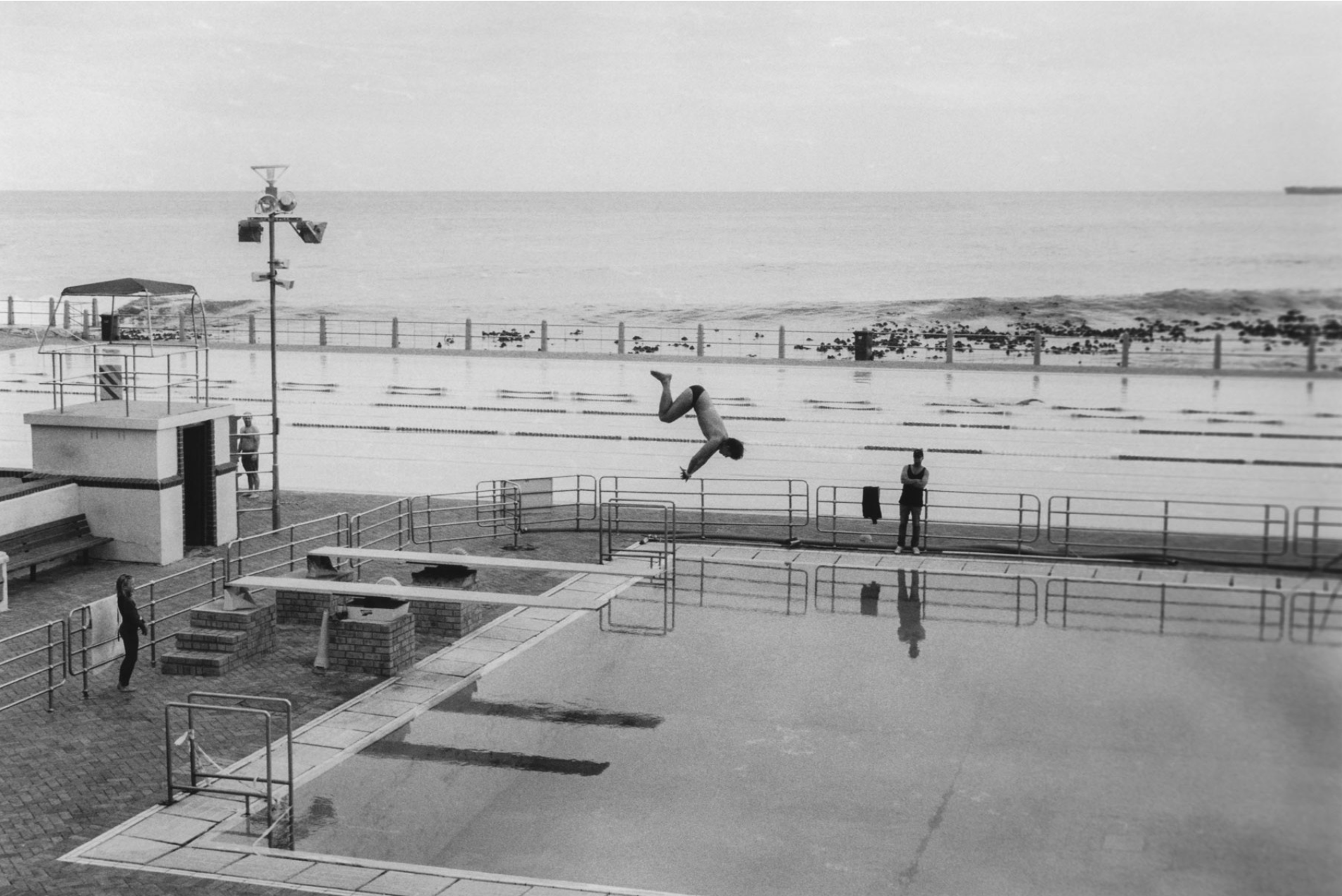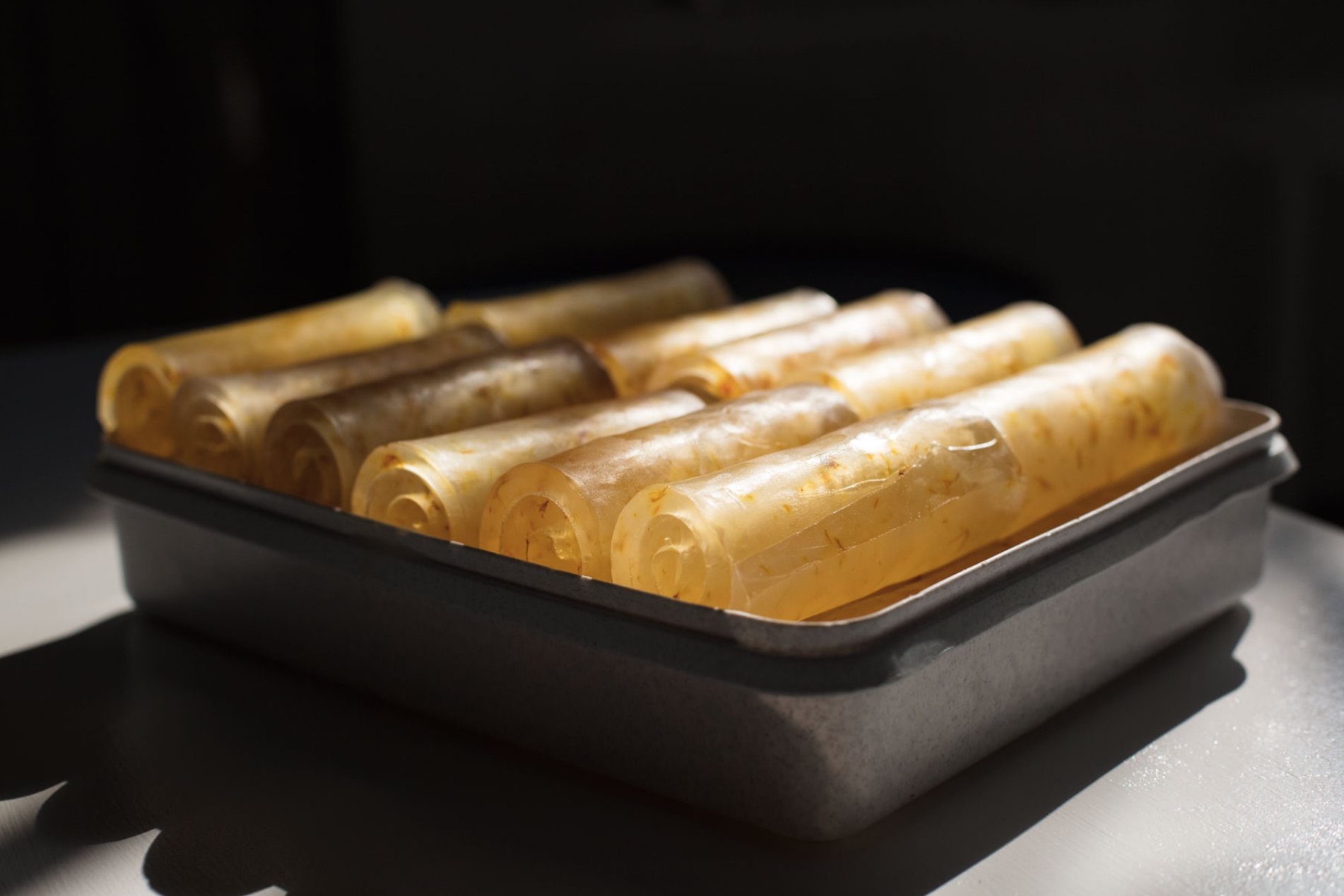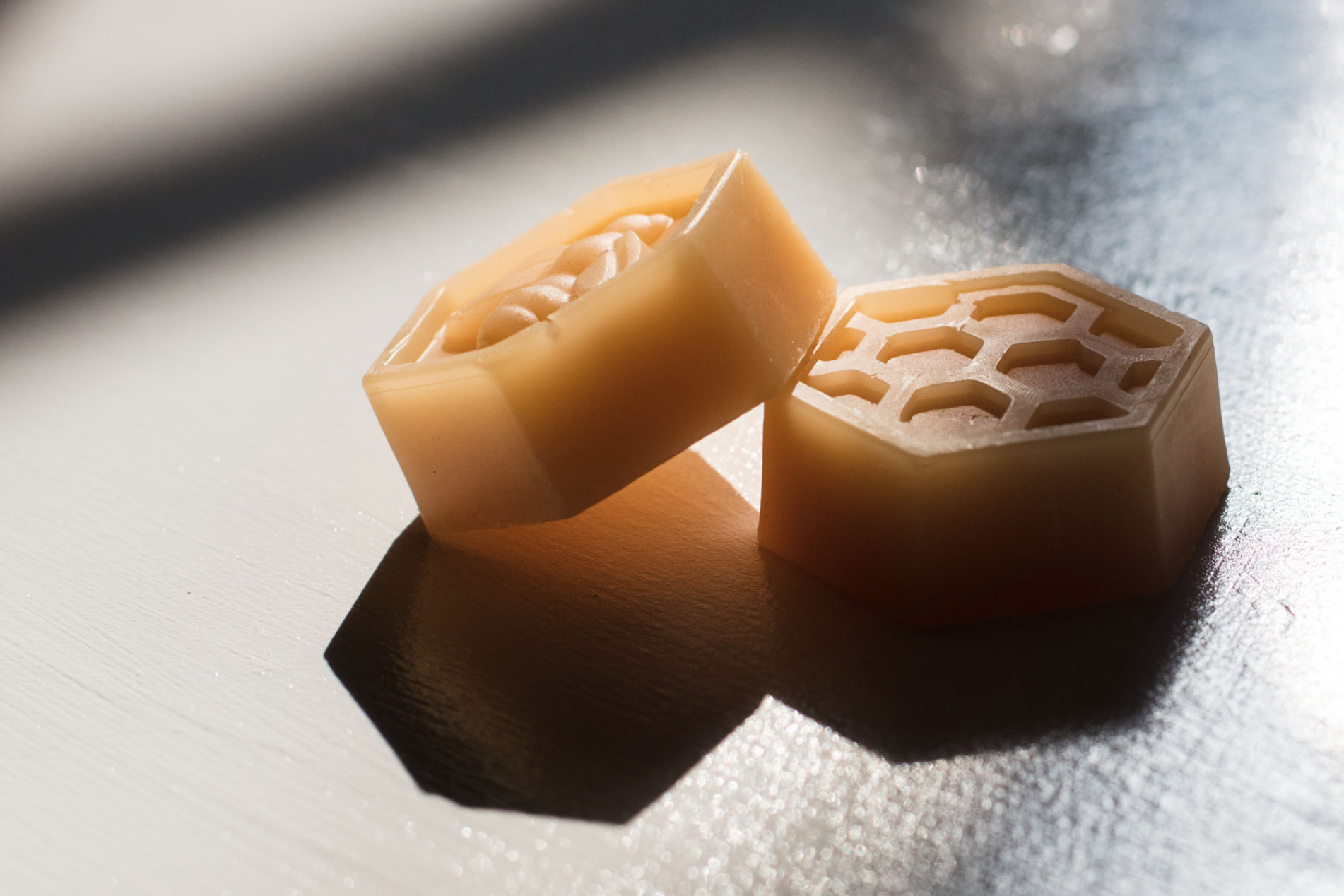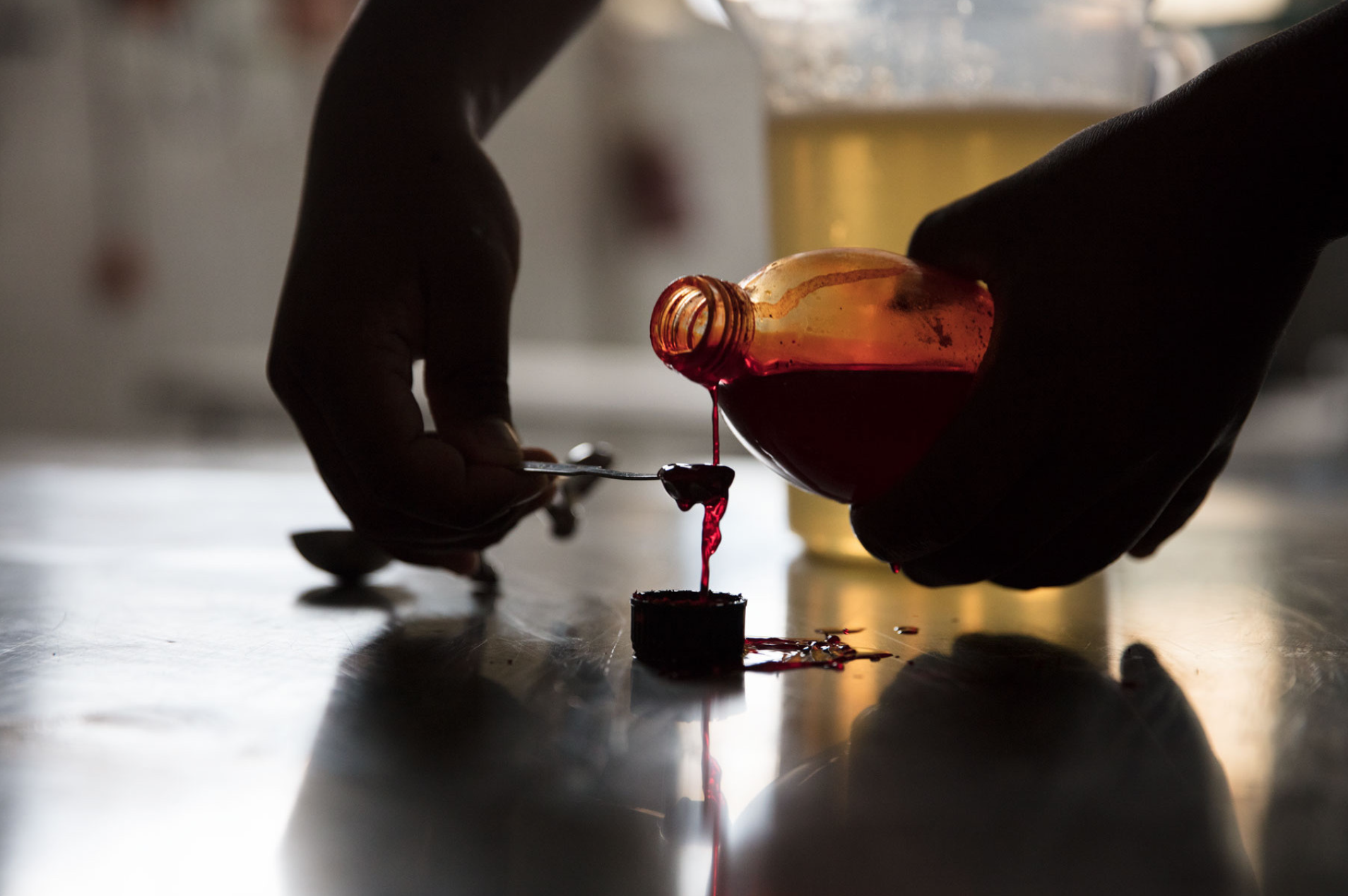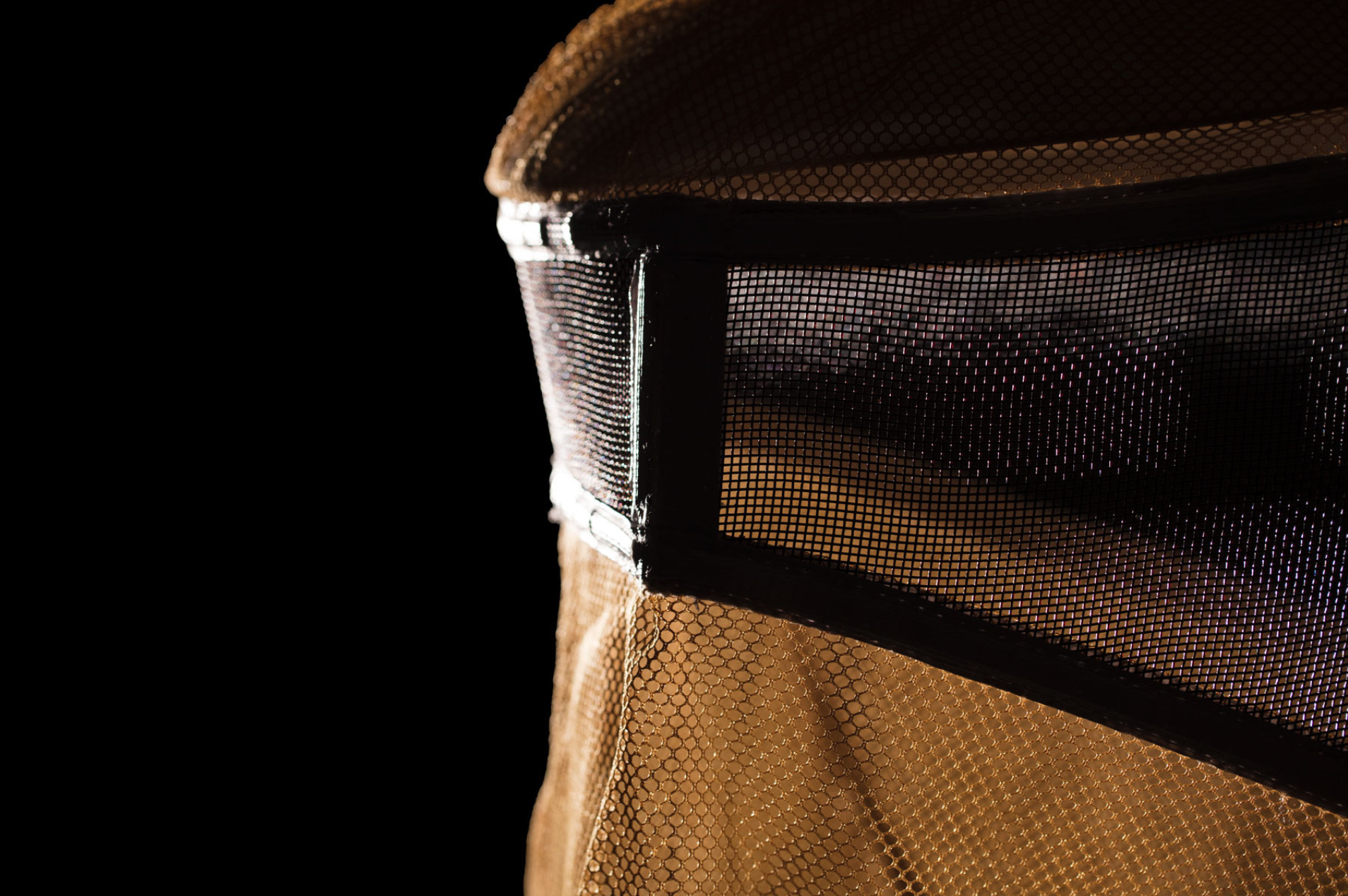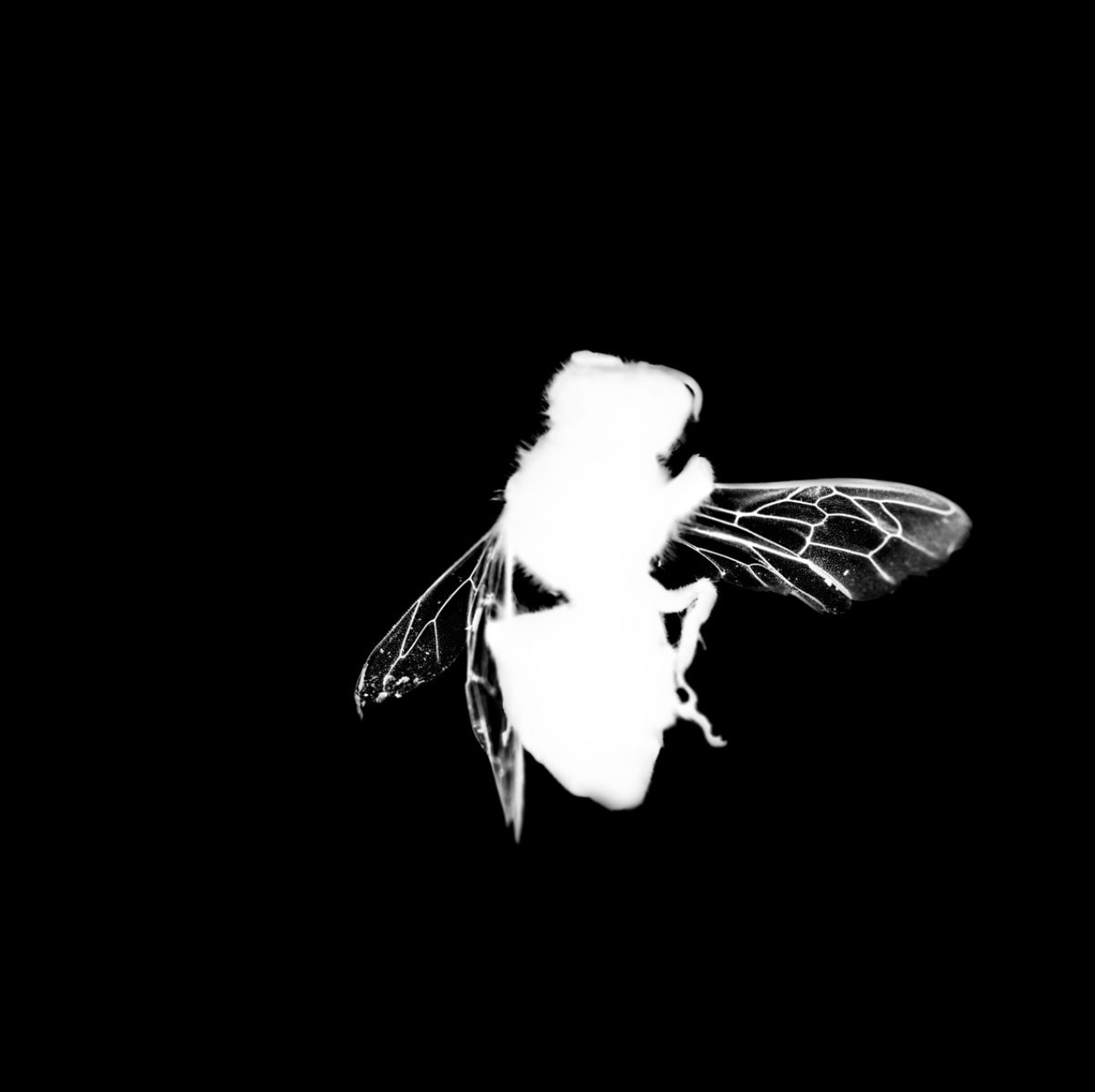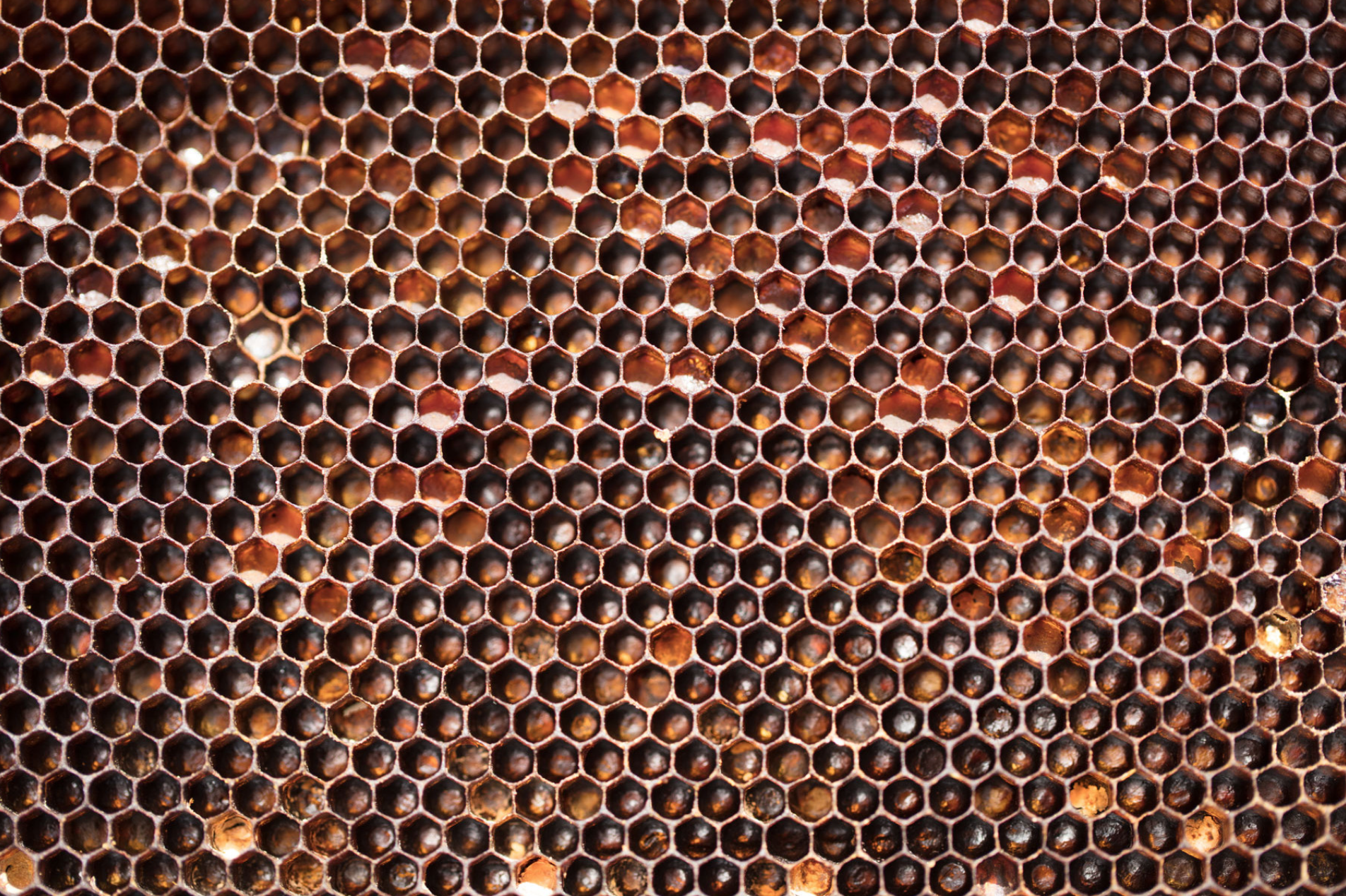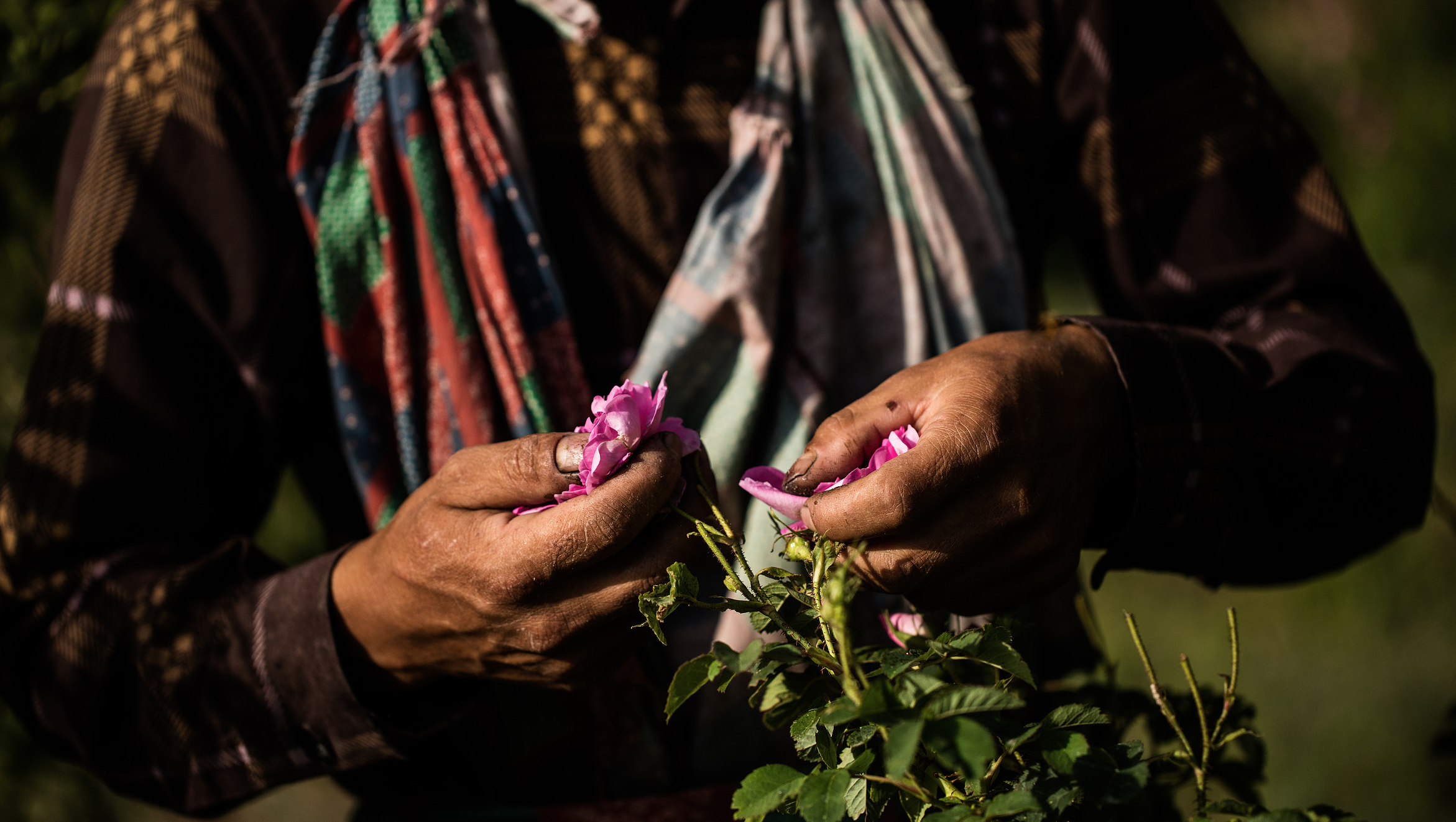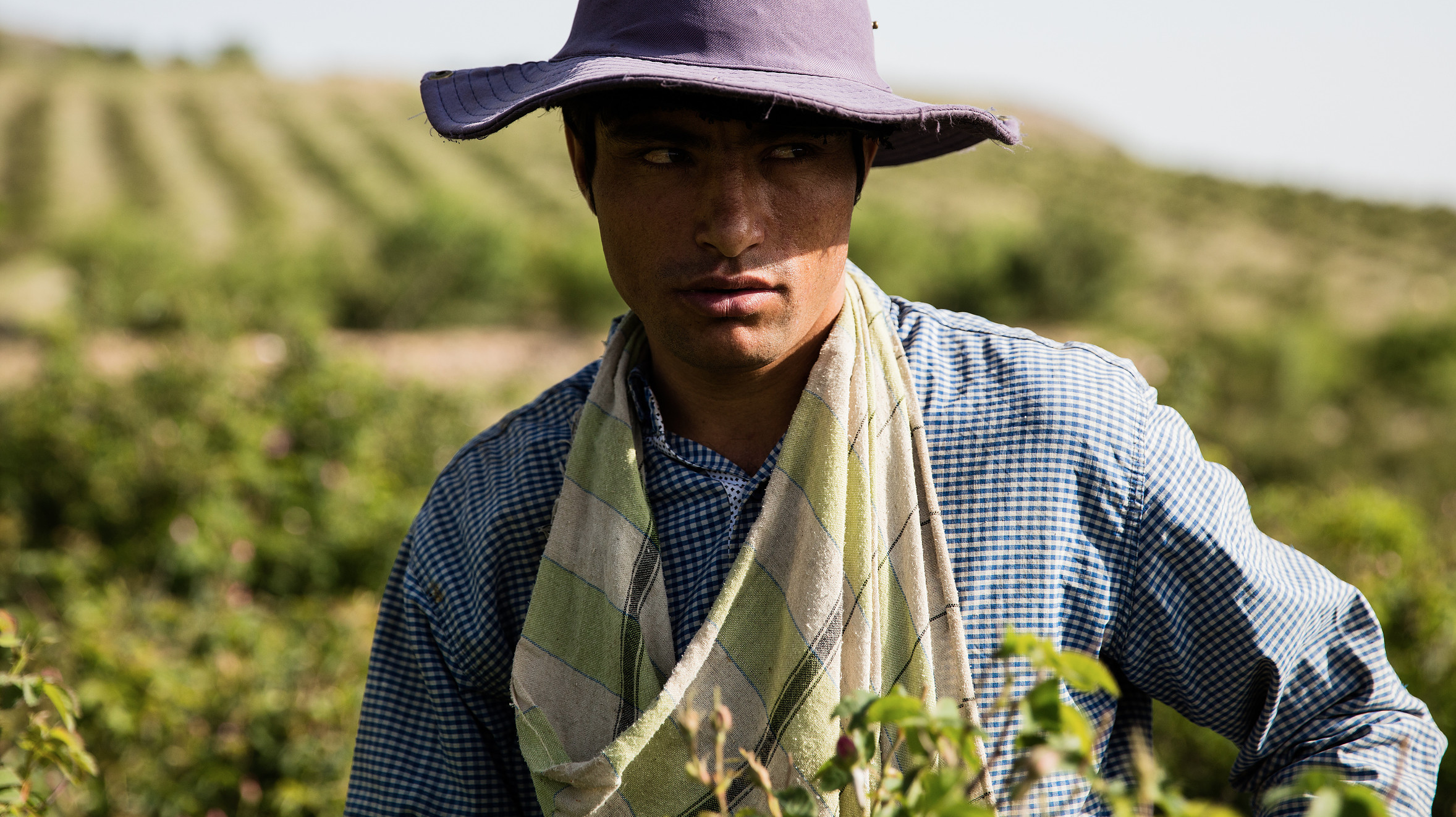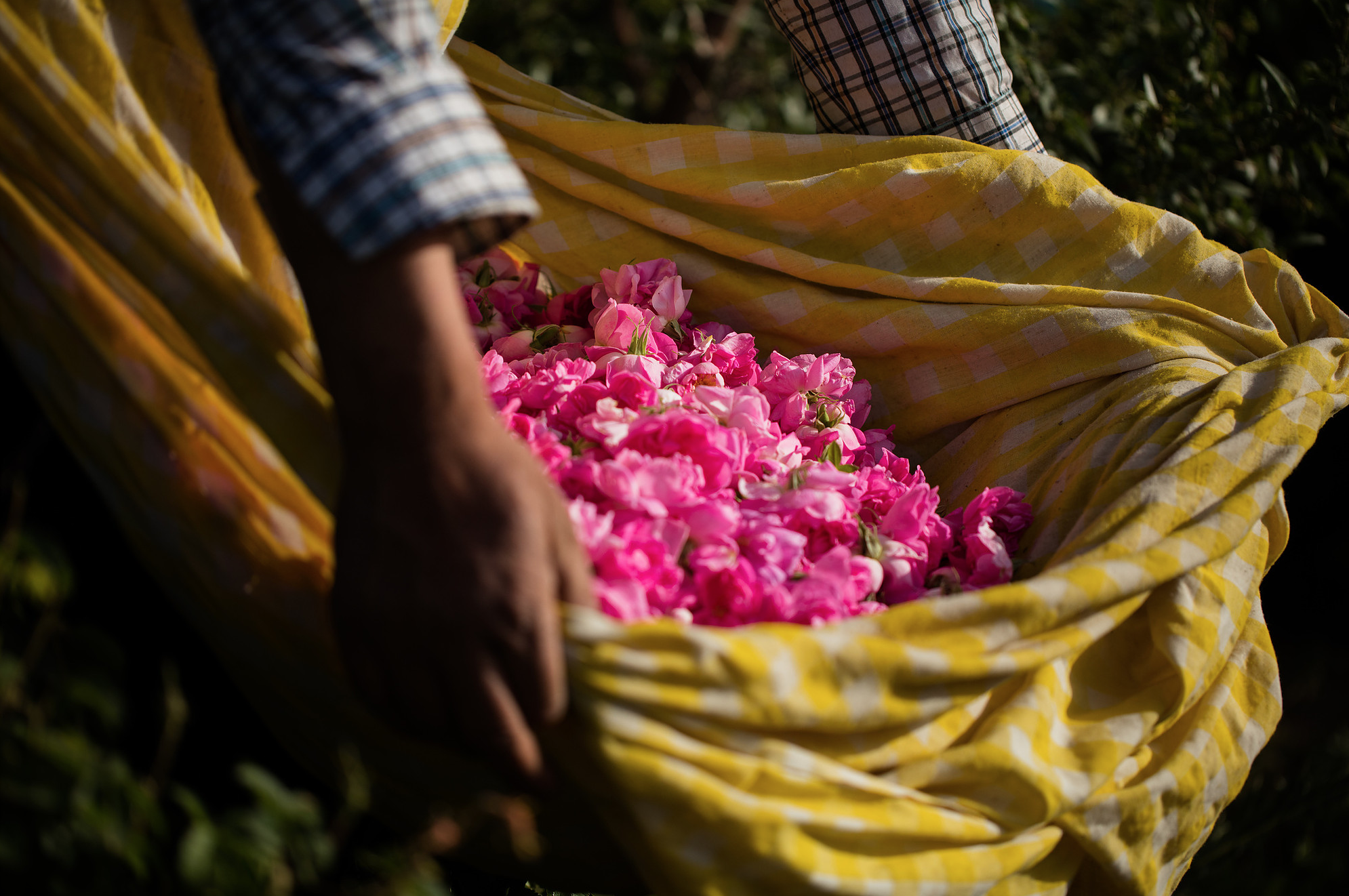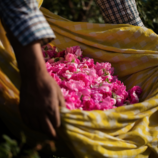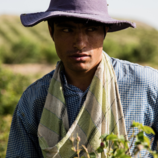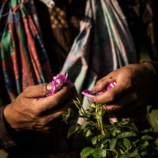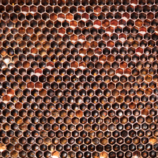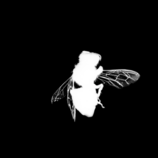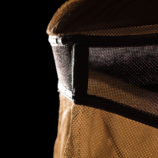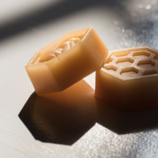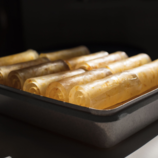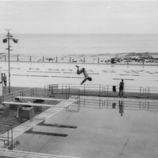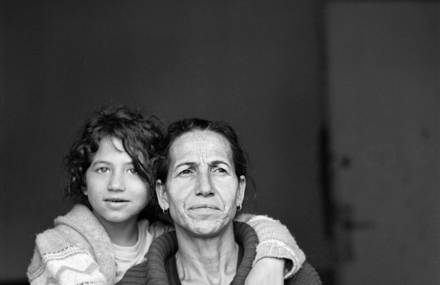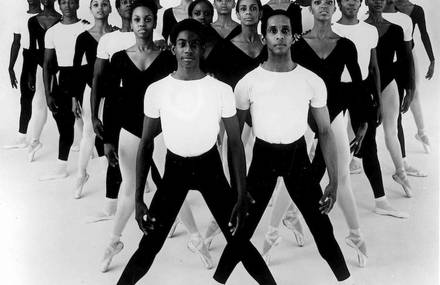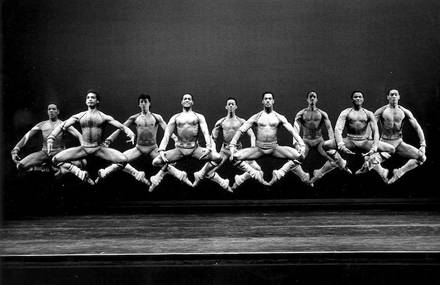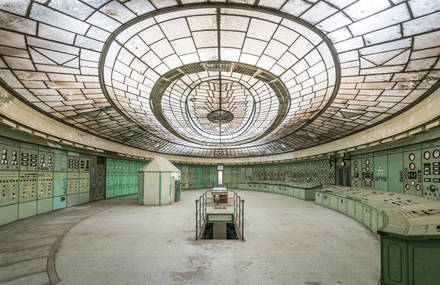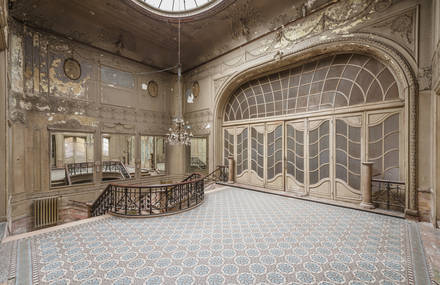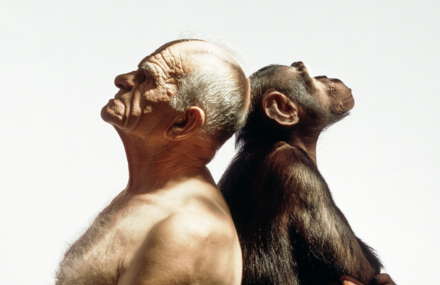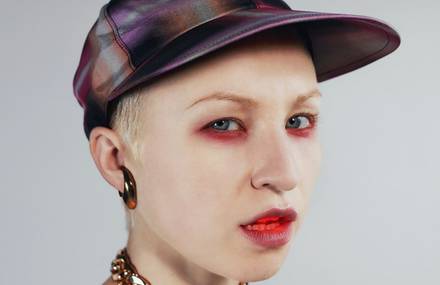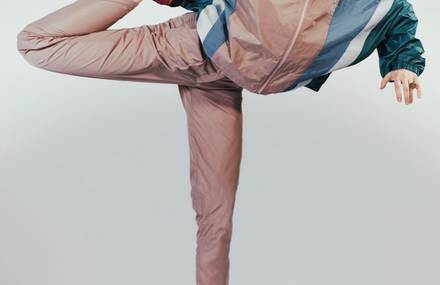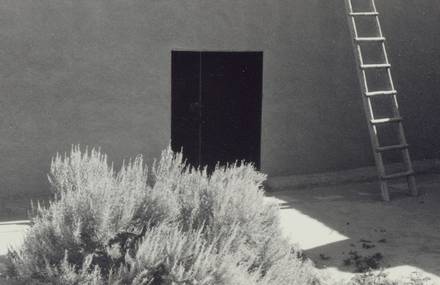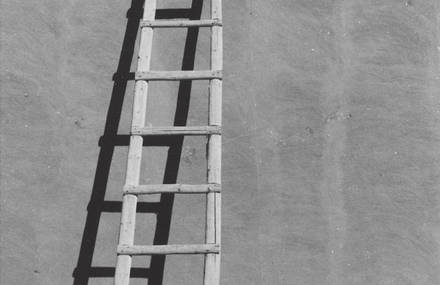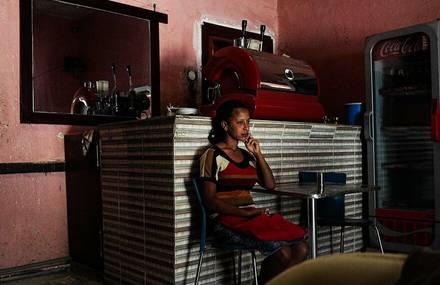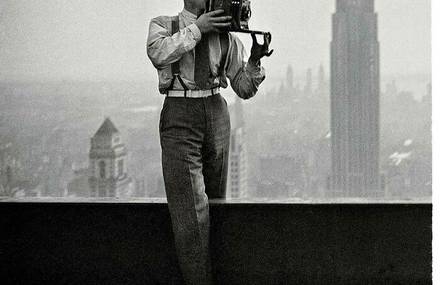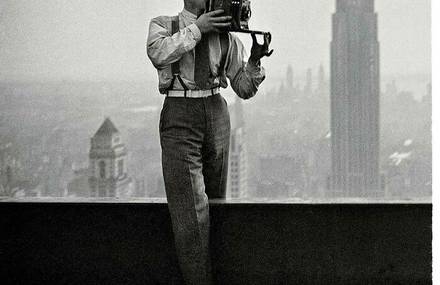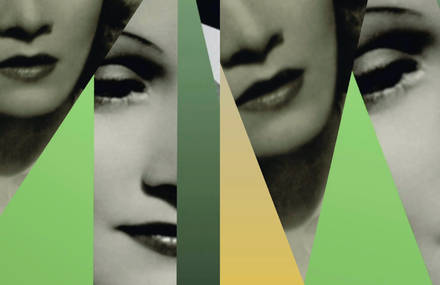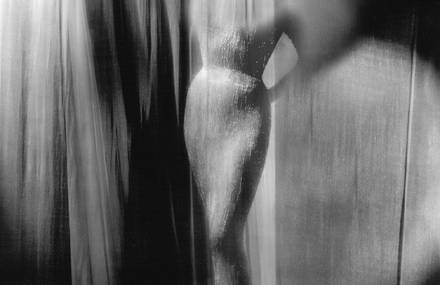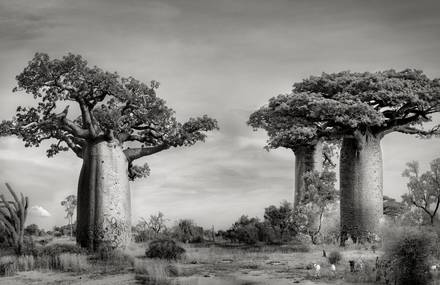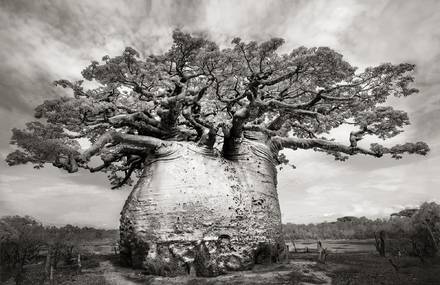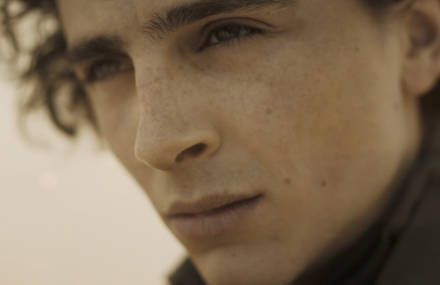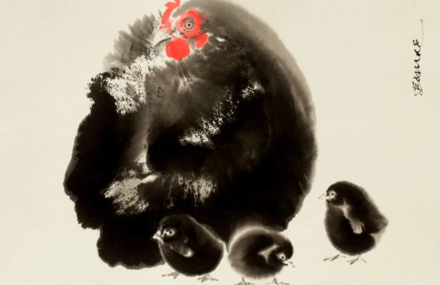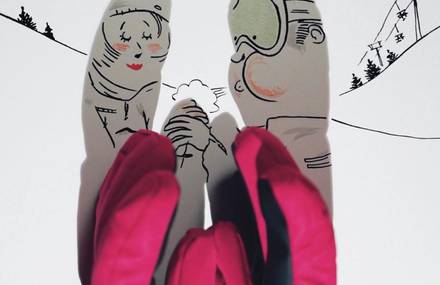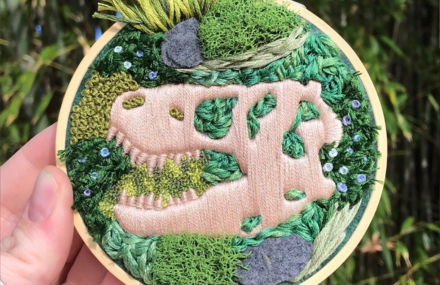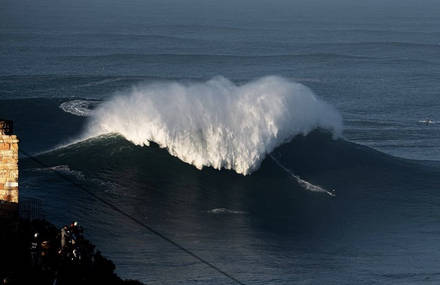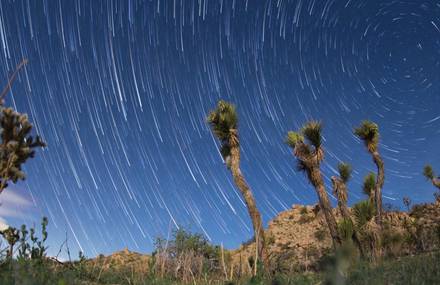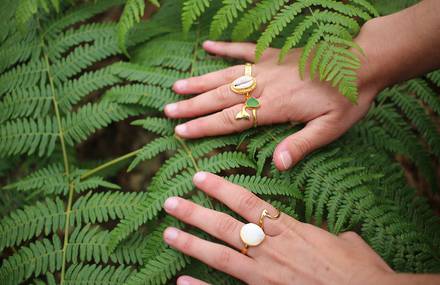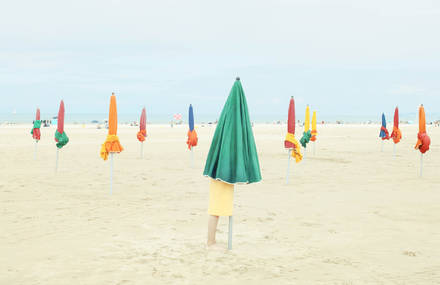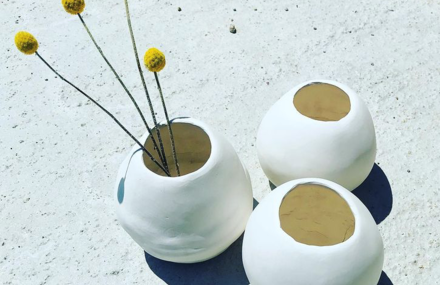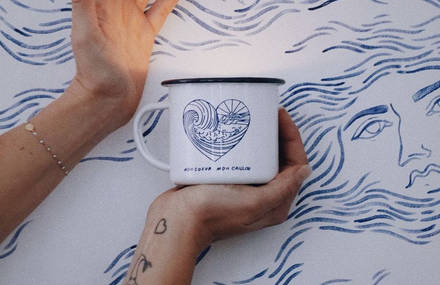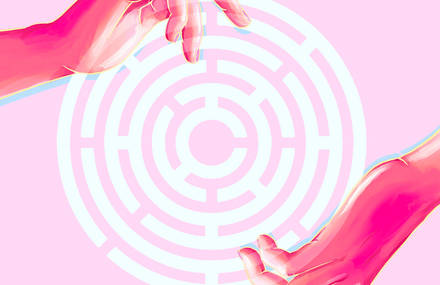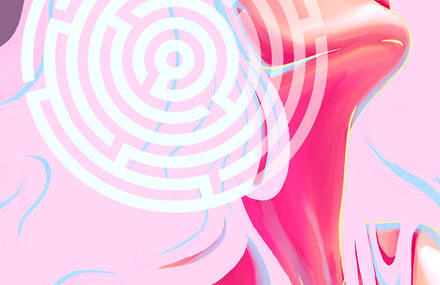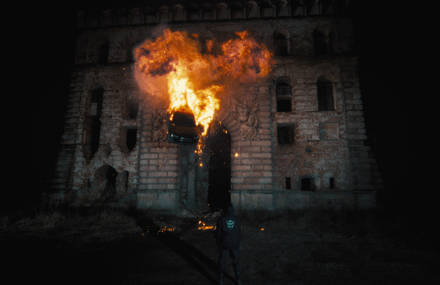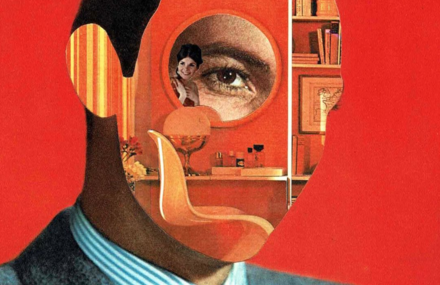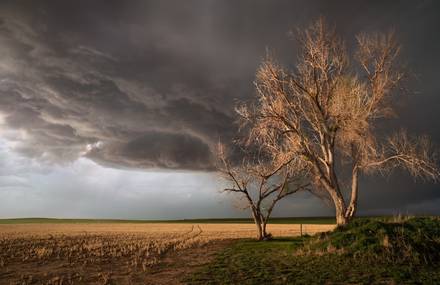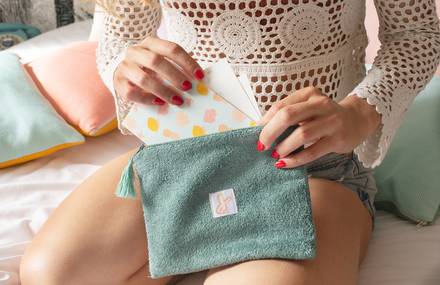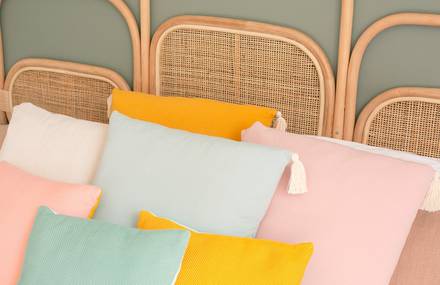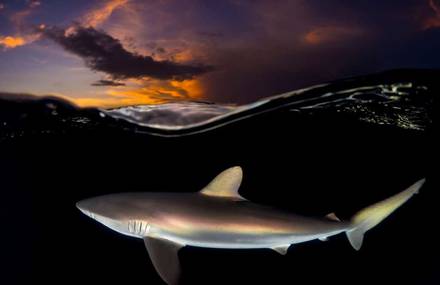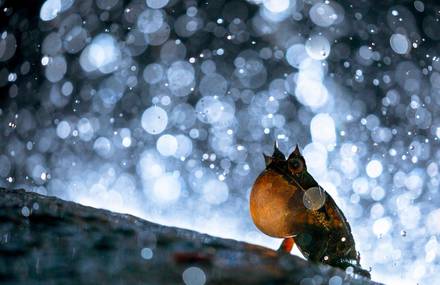Passionate about photography, the talented Camille Dub is now living her art daily. She shares with her audience, her intimate vision of the different subjects treated and sometimes takes us to distant lands. Particularly worked in two of her series Bees and Rosa Damacscena, the notion of relationship between Man and Nature, is delivered here with poetry.
How did you come into the world of photography?
After my film license in Cape Town, I wanted to specialize in cinematography and as there were no schools for that I turned to photography and said it would always be useful, so I followed one year program at Orms Cape Town School of Photography. Of course I already had a lot of interest in photography before that, but I did not think it would become obvious.
Are trips a way for you to find inspiration?
Of course, when we travel our mind is more alert and for my part I find that my creativity is increased tenfold because my senses are on the lookout for novelties, new faces, landscapes etc. Traveling gives an open mind and not being in my usual environment makes me see things that I may not be paying attention to otherwise.
By the sharing aspect of different works, in your series Bee and Rosa Damascena, what do you want to convey?
I think that what transpires most in these two photographic series is the notion of the relationship between Man and Nature. The relationship we have with her (the nature) and the world around us is, I find very interesting.For the series Rosa Damascena I find it quite interesting that in the time we live some trades still remain very manual and especially authentic, as these thousands of roses picked by the hands, weighed in the old fashioned at the foot of the mountains, and distilled within the village itself by locals, for example. It is the same for beekeeping which plays a direct role on the balance of nature. I think it is very important that these trades and know-how in harmony with nature continue to exist. Beekeepers or pickers of roses are people I consider by the underground work they do in respect of nature and ecology when it would be so easy for them to make massive production. In my opinion, it is everyone’s responsibility to preserve this knowledge and crafts, especially in 2019.
How would you describe your style in general?
I do not know if I can say that I have already found my photographic style but in any case my images are often focused on details and I really like the play of shadows and light as well as the contrasts. I also underexpose my images in order to have a greater richness of color. As for editing, I do of course but it is never extreme because I always try to get the best result during the shooting, the post-production simply serves me to sublimate the images.
Are you currently working on a future personal project?
I started a silver-and-black film series on my last trip to Iran, entitled Persian Homes. As the name suggests, the series focuses on the interior of Iranian homes, some of whose elements and objects are recurrent. I will not say more because the series can still evolve along the way. Of course I will also continue to develop the series Rosa Damascena by having a more intimate approach with the pickers of roses.
